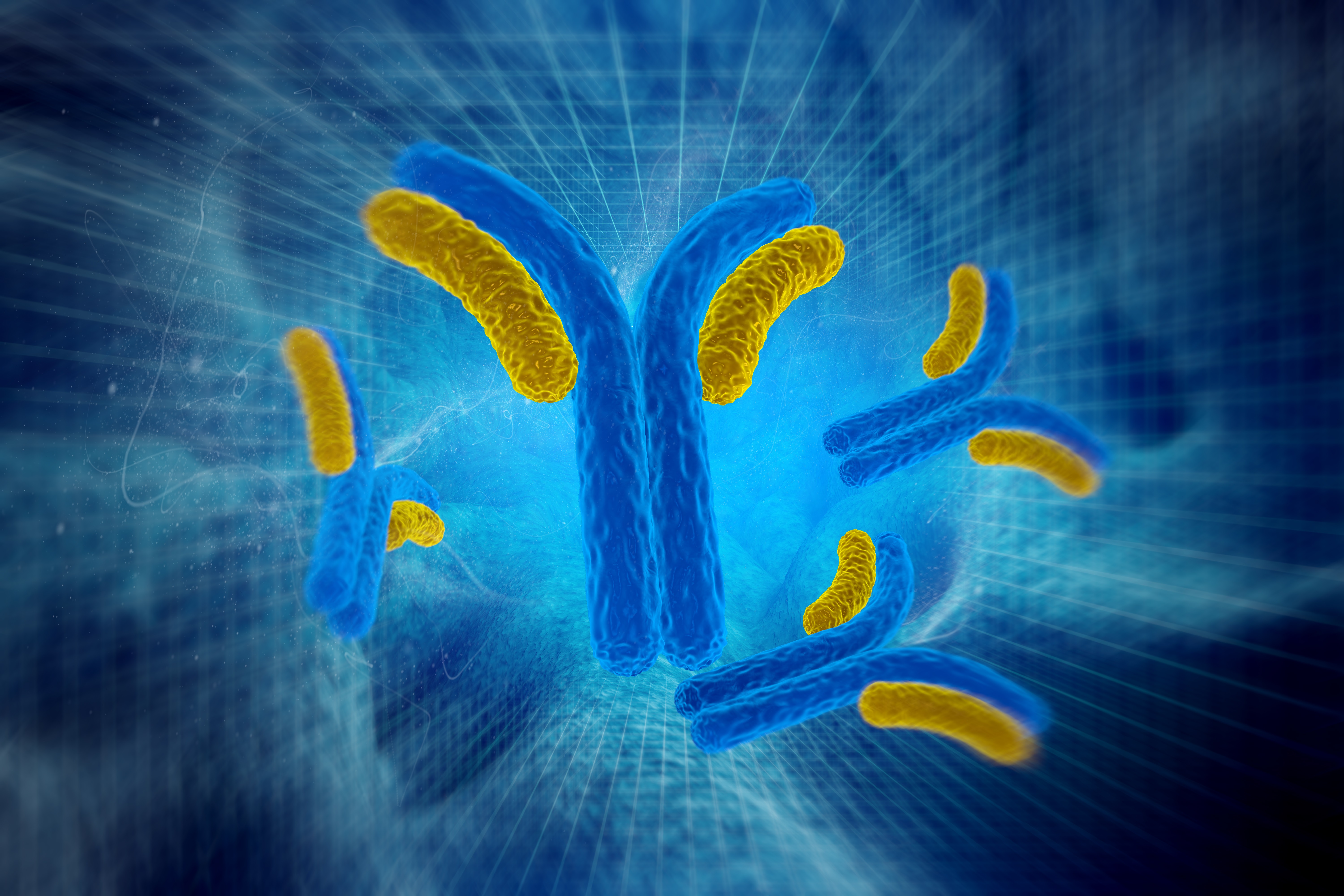Autoantibodies Are Not Biomarkers for Death Risk in Systemic Sclerosis With PAH
Written by |

Pulmonary arterial hypertension (PAH) is one of the most serious health problems associated with systemic sclerosis (SSc). Researchers have found that specific biomarkers, known as autoantibodies, are associated with an increased risk in the development of PAH in people with SSc. It is not yet known, however, whether or not these biomarkers indicate an increased risk of death. To answer this question, researchers at the Northwestern University Feinberg School of Medicine in Chicago decided to study the possible association of autoantibodies with increased fatality in people with both SSc and PAH. The report appeared June 18th in Seminars in Arthritis & Rheumatism.
PAH refers to high blood pressure of the lungs and is one of five types of pulmonary hypertension (PH). The disease can be associated with other conditions, such as SSc, lung disease and heart disease. Genetics in part determine whether someone develops PAH. Although PAH incidence increases with age, people of any age may develop PAH, which can cause heart failure and possible death. Methods for predicting when PAH could be fatal, such as measurement of antibodies and other biomarkers, might help in making treatment decisions.
Scientists, led by Monique Hinchcliff, included people in the study who had PAH diagnosed by right heart catheterization, a standard diagnostic method. They measured autoantibodies found in the blood and collected data about whether or not the study subjects had died from electronic medical records and/or the Social Security Death Index.
They collected a total of 162 subjects who all had PAH, biomarker and survival information. Of those subjects, 32 (20%) subjects died over the follow-up time of approximately 2.1 years. They were unable to find any association between having autoantibodies and subsequent death.
In their study report, the group concluded that “Anticentromere and NUC autoantibodies are prevalent in SSc-PAH patients. An association between serum autoantibodies and survival in patients with SSc-PAH was not identified…”
Based on the researchers’ results, autoantibodies cannot be used as biomarkers for the risk of death in people with SSc and PAH. The work may indicate that different markers need to be discovered and examined. In addition, the researchers noted that larger groups of people with PAH and SSc may need to be studied to understand the role of autoantibodies in SSc, stating “Larger patient cohorts may be required to detect significant associations. Future survival studies in SSc-PAH patients should be designed to include robust measurements of serum autoantibodies and other potential biomarkers to permit more in-depth analyses of the association between serum factors and survival.”
Future work will hopefully focus on identifying other death risk biomarkers and further understanding the role of autoantibodies in SSc with PAH.





